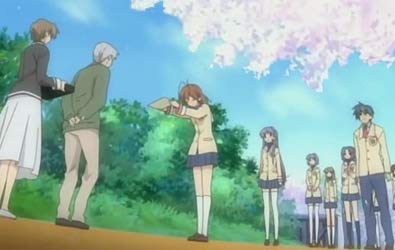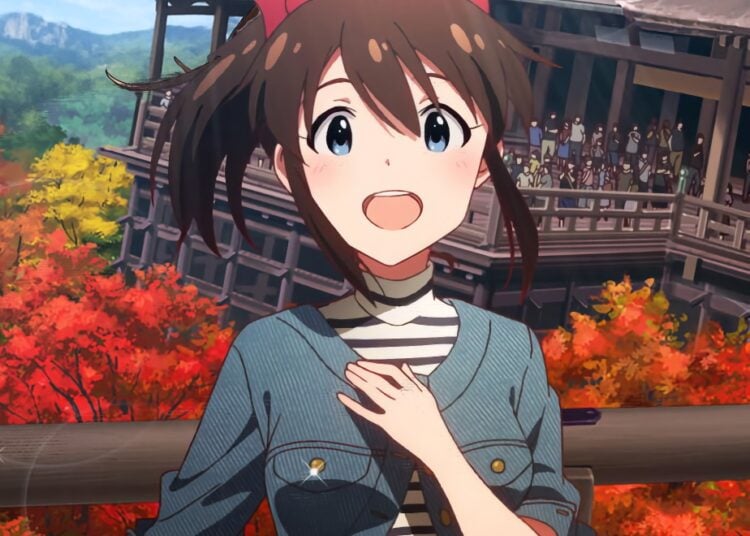Yesterday was my daughter’s graduation ceremony from elementary school, and my wife and I watched proudly as our little girl finished this first phase in her journey of life. There are many customs regarding formal ceremonies in Japan, and this ceremony required that students perform a complex dance of bowing to the principal and teachers before getting up on the stage to receive their diploma, all in accordance with the idea of kata, the shape or form that things should conform to. Afterwards, there was a series of long speeches by the school principal and various community leaders which were peppered with English words like “leadership,” “challenge” and “goal.” I wore my reifuku, a convenient black suit that goes well with any kind of formal event such as a funeral or wedding — just change the color of your tie and you’re ready to go. Japan is a country that doesn’t change very quickly, at least in the small rural city we live in, and amazingly both my wife and her mother attended the same elementary school as our daughter, including graduation ceremonies that had changed little over the past few decades. When I think of how different America is from region to region, and how much things have changed since when I was young, this strong connection with the past really blows my mind.
Visiting the school for the last time as a parent of one of the students, I reflected on the small and large cultural lessons I’d learned there, which provided me with plenty of neta — what the top part of sushi is called, or in this case material for these little missives that I write — over the years. I remember my surprise when I first visited the school, which seemed to my eye to be like something out of Soviet Russia, built with the dreary concrete that all public buildings seem to be made of here. Or my fascination that students had a weekly class called “morals,” and I remember wondering what topics might be covered in this country that wasn’t founded with any kind of Judeo-Christian base. (They included lessons on common sense and family, awareness of the problems of bullying, and free-thinking exercises about, say, whether someone who left their wallet on a table and got it stolen was partially to blame for not being more careful with his money.) As we were walking out of the school, I encountered one last bit of culture shock from the Japanese public school system: a poster intended for first graders showing “the” correct way students should sit during class, which struck me as something you’d never try to specify in an American classroom.















